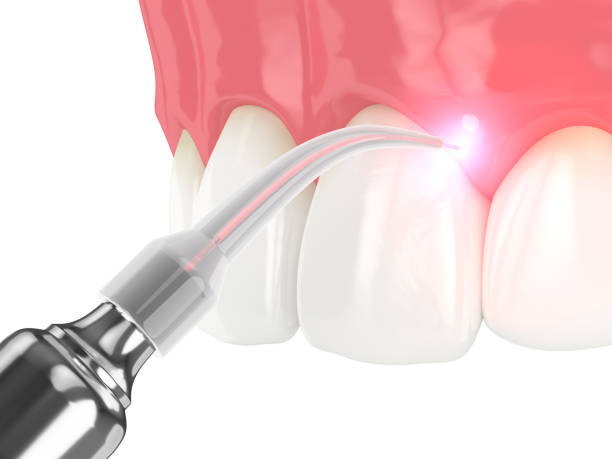- +91-98410 89602
- info@rkdentalclinic.in
- 5 PM to 9 PM (Monday – Saturday)
- +91-98410 89602
Gum disease is defined as the inflammation or infection that affects the gums that holds your teeth in place, leading to loosening of teeth or loss of teeth

Gum disease is caused by the bacteria in plaque (sticky colorless film on your teeth). If plaque is not removed by efficient daily brushing and flossing, plaque can build up into tartar (calculus). These will eventually infect not only your gums but also the underlying bone.
Other factors are:
Gum diseases are painless until it progresses to advanced stage. That is why it is called as a silent disease. When the disease is mild, only your gums are infected at that time. If you notice a bit of blood when you brush that could be an early warning sign. If you don’t treat it, the infection can travel into your bone.
Depending upon the severity of gum disease any of the following procedures may be advised:
Scaling is nothing but removal of calculus (tartar) and plaque by a dental professional. The cleaning is especially done below the gum line. Root planing is an additional procedure done along with scaling for gum disease. Root planing removes any remaining calculus and smoothens root surface.
Removal of any diseased gum tissue from underneath the gums which leads to healing of the infected gum area
Sometimes medications like antibiotic gels, antimicrobial mouthwashes or tablets may be advised to curb the action of germs causing the gum disease.
Around the first stage of gum disease, dental pockets begin to form. Pockets are openings found between the gums and the teeth where the gums should normally be close and tight against the tooth. Flap surgery is a procedure where the gums are lifted back while plaque and calculus are removed from deeper pockets.
A bone graft is used to recreate bone where there is severe bone loss due to gum disease. Soft tissue grafts cover up root surfaces exposed by the receding gums. This can help reduce sensitivity and protect the root surfaces.
Apart from the routine treatment methodology, we are specialized in doing the flap surgery with lasers. It is called LANAP (Laser Assisted New Attachment Procedure)
.jpeg)
Many early stages of gum disease can be efficiently treated with lasers which otherwise needs surgical procedure in the advanced stages. These are the benefits you can take away from our laser therapy